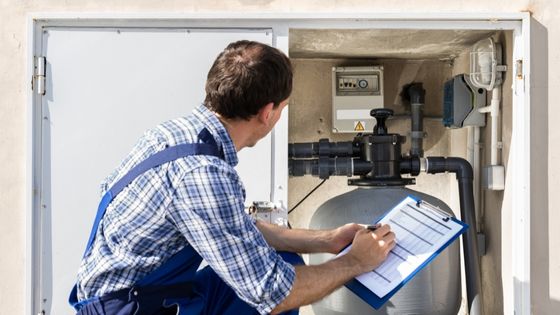You can’t underestimate the essence of proper inspection of your tank. Insufficient checks will lead to expensive effects later on. Though the inspection rates vary, ensure you get the professionals for timely inspections. They will keep your tank in good condition. There is nothing more significant than the regular inspections done by competent contractors. Tanks come in different designs and variables. It makes it hard for a single inspection process can’t fit them all at once. Each tank will need a combination of other services to ensure it is more secure. The internal and external tank conditions, tank materials, design, and the tank’s purpose affect its inspection. The following tank inspection services are applicable:

The visual inspections
These are the basic inspections done easily and frequently. The services involve thoroughly examining the tank’s interior and exterior. Experts will open up your tank, view the interior, and record any corrosion and all other notable damages. The same process happens to the tank externally to register corrosion and possible cracks as per the visible damages.
These inspections are the cheapest to hire. The service is the least definitive because of the failure to see the tanks inside well.
Dry or washout inspections
Unlike the above visual inspections, dry or washout inspections fall on the spectrum’s other end. These services involve getting your tank offline and then shutting it down. Draw all water and wash the tanks inside while removing all sediments from the bottom. After drying out the interior, do a full inspection of the tank noting all the possible areas that need special attention. When a tank gets drained, it’s a perfect opportunity to make the tank repairs and maintenance. It’s also an ideal time to add fresh protective coatings. You need to get this service from a professional every two to three years.
Dive inspections
These inspections are more detailed and used when there isn’t any need to empty the tank. The method only applies to water tanks, not chemical tanks, for obvious reasons. Dive inspections involve competent and qualified divers entering the tank to check its interior. They do this when still filled with water. The divers can remove the dirt and sediment from the bottom of the tanks. The limitation of this service is that it can’t permit any repairs or coating applications. If you have to do the repairs or add any coat, you must empty the tank first.
ROV inspections
The ROV (Remote Operated Vehicle) inspections provide a closer look than the visual ones. Despite this, they don’t offer a closer look than when all water gets drawn from the tank. ROV inspections use submersible cameras. They drive around inside and outside of your tank while taking photos. These photos will aid in analyzing the tank’s condition. Suppose the images indicate an issue that needs attention; you must draw all the water from the tank. It’s the only way to pave the way for repairs and maintenance services.
The tank inspection schedules can be yearly, after two to three years, and the five-year plan. All this will depend on the geographical location of the tank and the climate in that area.
Conclusion
There are three ways to inspect your tanks visually, by divers, remotely, and draining to wash the tank. In most cases, the washout inspection should be at least once in three years. During this duration, experts will use divers and remote inspection using the ROV inspections. They will help in tackling minor issues. All this will depend on the manufacturer’s recommendations and the inspection times. Always be aware of the conditions of the interior of your tank to maintain its safety.
